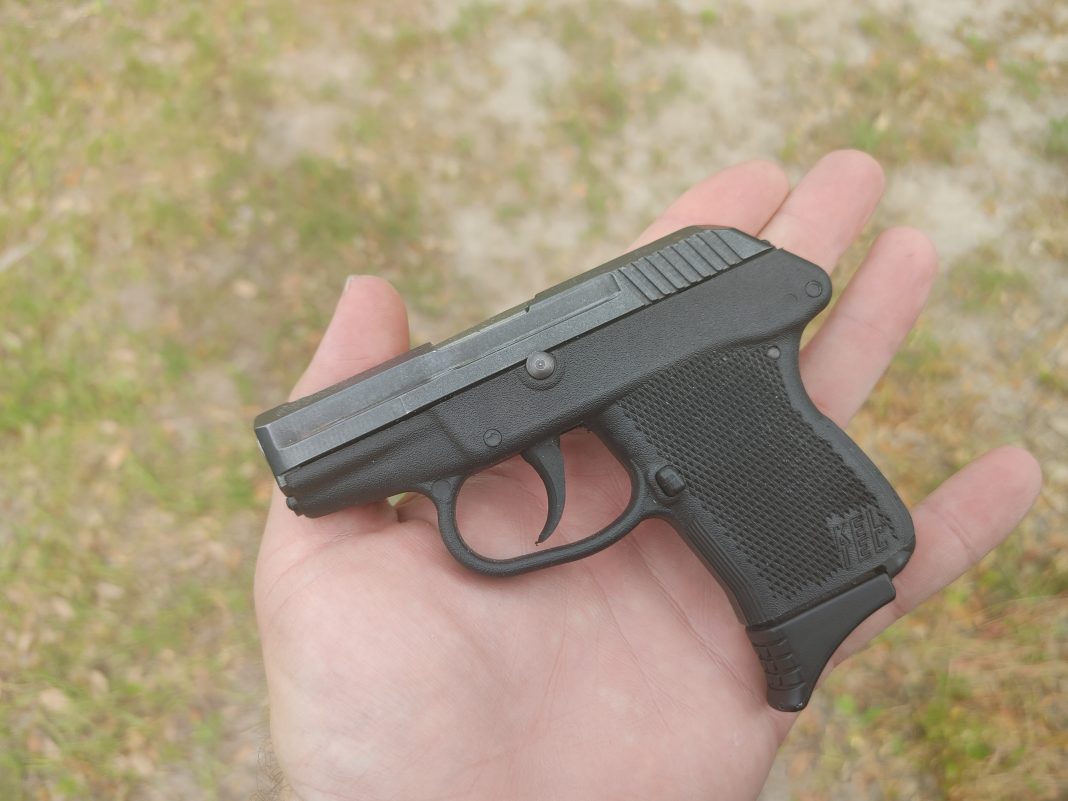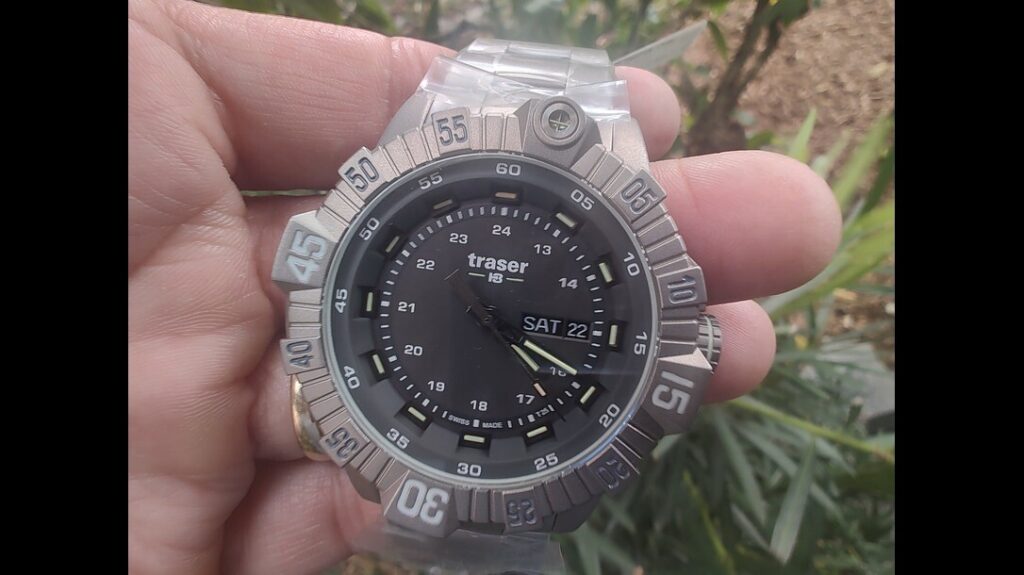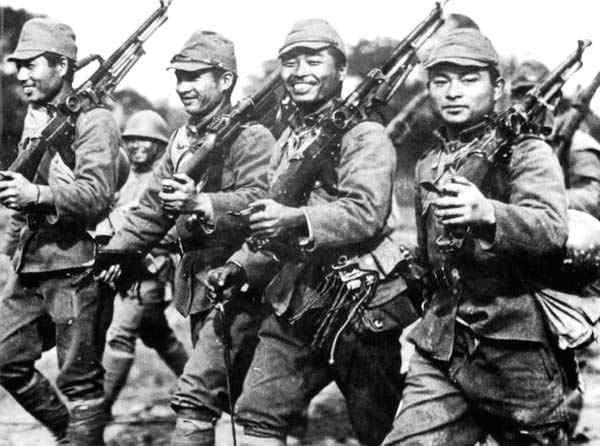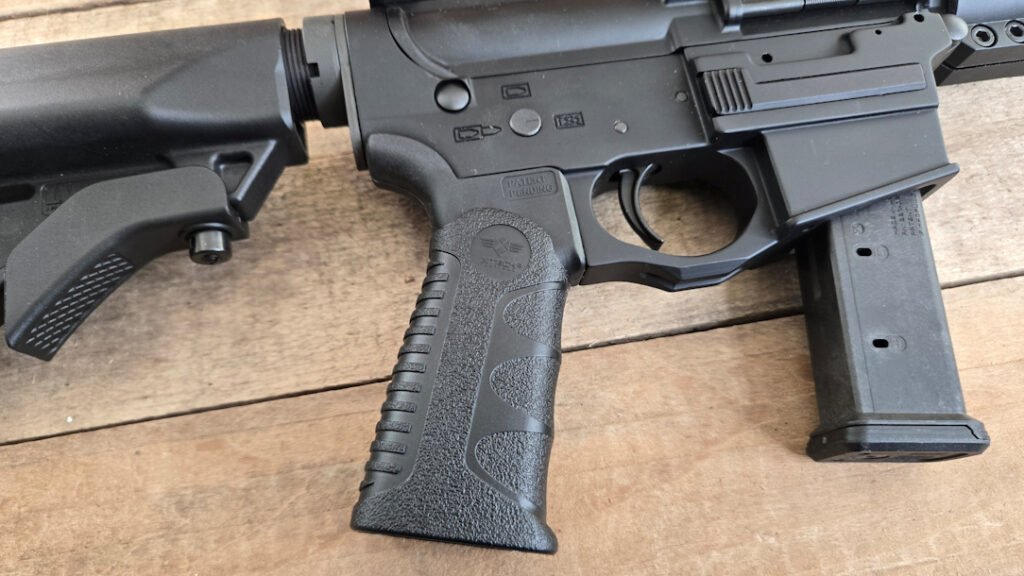I’m a big advocate for the .32 ACP. I don’t think it’s the best possible cartridge for concealed carry, but I think it’s the best option for a pocket-carry semi-auto handgun. It has half the recoil of a .380 ACP and offers one more round in most guns. When compared to a .22LR, you get centerfire reliability and deeper, more consistent penetration. In my opinion, it’s the best option for a pocket pistol.
However, it’s not as plug-and-play as other calibers. By the title of this article, you might be wondering why you need an entire article on how to carry .32 ACP. It’s largely a matter of proper ammo selection, and there are some factors you have to consider. In fact, when it comes to carrying .32 ACP, you have to ignore a lot of common knowledge to get an effective, man-stopping round.
Let’s dissect some of those intricacies and discuss how to carry a .32 ACP the right way.
Advertisement — Continue Reading Below
Avoid Hollowpoints
Yep, you don’t want to use hollowpoints when it comes time to carry a .32 ACP. While conventional knowledge says that a carry gun needs jacketed hollowpoints, that’s not the case here. With a .32, we are going to avoid JHPs for two reasons.
The first is simply due to their effectiveness. Jacketed hollow points expand, which allows the cartridge to deal with more direct impact damage. However, it also slows down the projectile and prevents overpenetration.
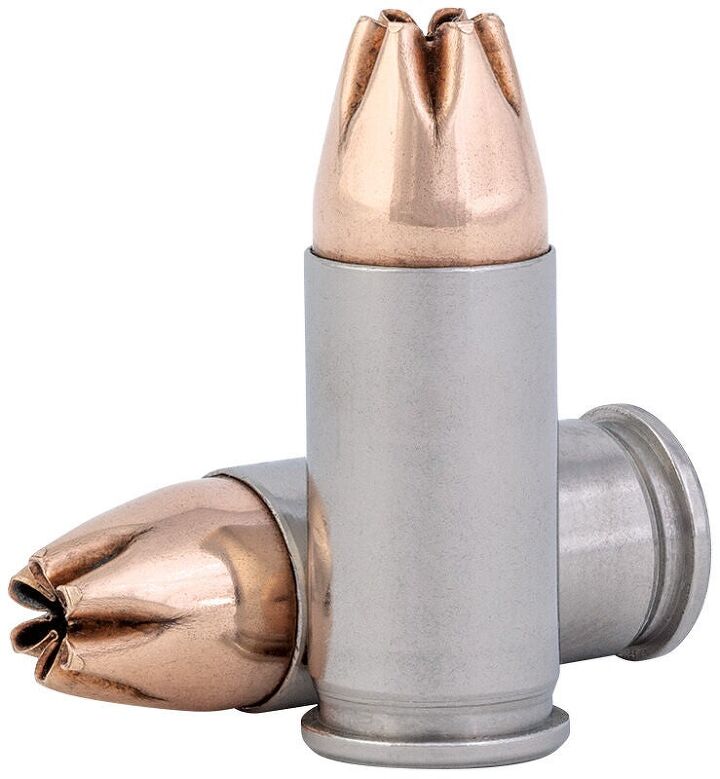
Advertisement — Continue Reading Below
With the .32, the expansion is not all that beneficial. The expansion can prevent the projectile from penetrating deep enough to reach something vital when fired from a short little barrel. We want good penetration but don’t get it from a .32 ACP.
Second, the .32 ACP can suffer from something called rimlock. This is a semi-rimmed cartridge. The rim makes it sensitive to overall length changes. A lot of JHP cut the tip off the billet, which creates a shorter overall length cartridge.
The shorter length allows the cartridge to move forward and backward in the magazine, which, when combined with the semi-rimmed cartridge, can cause one round to lock another in the magazine, which causes a failure to feed.
Advertisement — Continue Reading Below
The Right FMJs
If we aren’t going with hollow points, then we are going with FMJs. Which FMJs? There are plenty out there. What we want is a heavy, fast round. The Europeans love the .32 ACP and love hotter-than-average rounds. The Spanish company I will forever mispronounce, Fiocchi, produces some of the best carry .32 ACP ammo.
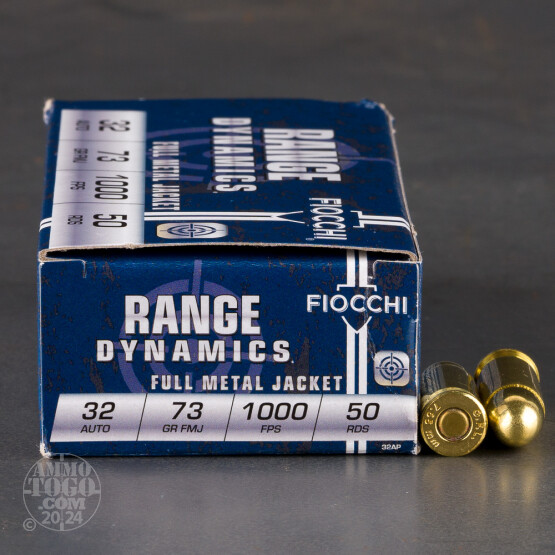
The Spanish arms industry started with the Ruby pistol and World War I, a Spanish .32 pistol that was spread far and wide with the French. These guys know their .32s. The Fiocchi 73-grain FMJ is perfect for concealed carry. From a pocket pistol-sized barrel, the cartridge can still penetrate deep enough to meet the established FBI standards.
Advertisement — Continue Reading Below
Any European-loaded 71 to 73-grain FMJ is the way to go. The Euros load the .32 a little hotter than us. Fiocchi is the most common load on the American market.
The Right Gun
There aren’t a ton of .32 ACP pistols on the market these days. Modern options come down to the KelTec P32, the Beretta 3032, the Beretta 30X, and the Seecamp LWS-32. If you’re choosing between one of these guns, avoid the Beretta 3032.
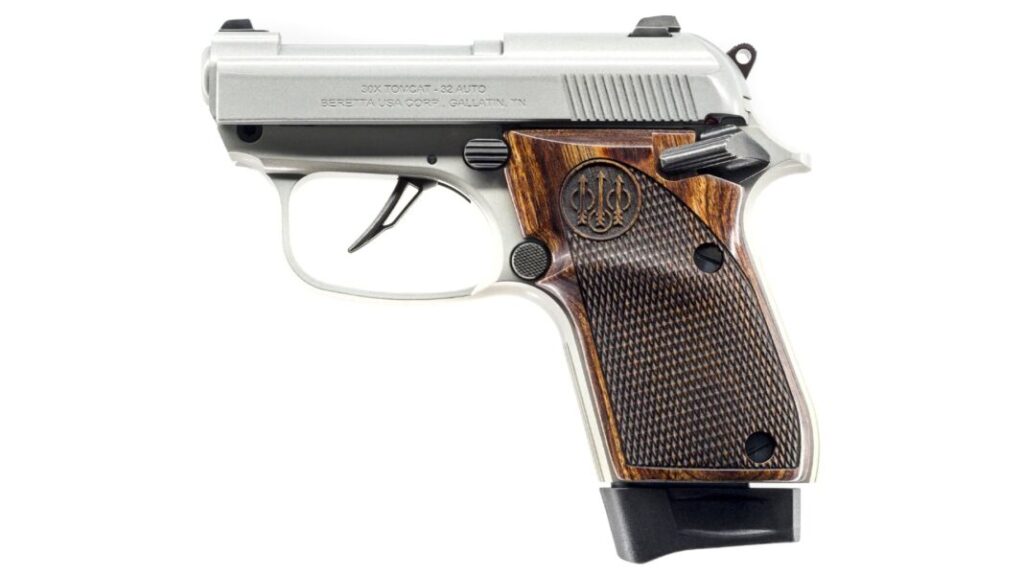
Advertisement — Continue Reading Below
I love the little Tomcat, but the 73-grain European loads will crack its frame. Maybe not immediately, but Beretta specifically warns about using any ammo that exceeds 129 foot-pounds of energy.
Not So Simple
Shooting and carrying the old .32 ACP round isn’t as simple or as plug-and-play as 9mm, .380 ACP, or other cartridges. It takes a little research and a little planning. While it might not seem intuitive, the .32 ACP is an awesome cartridge for self-defense, especially if you want to carry a featherweight pocket pistol.
Advertisement — Continue Reading Below
